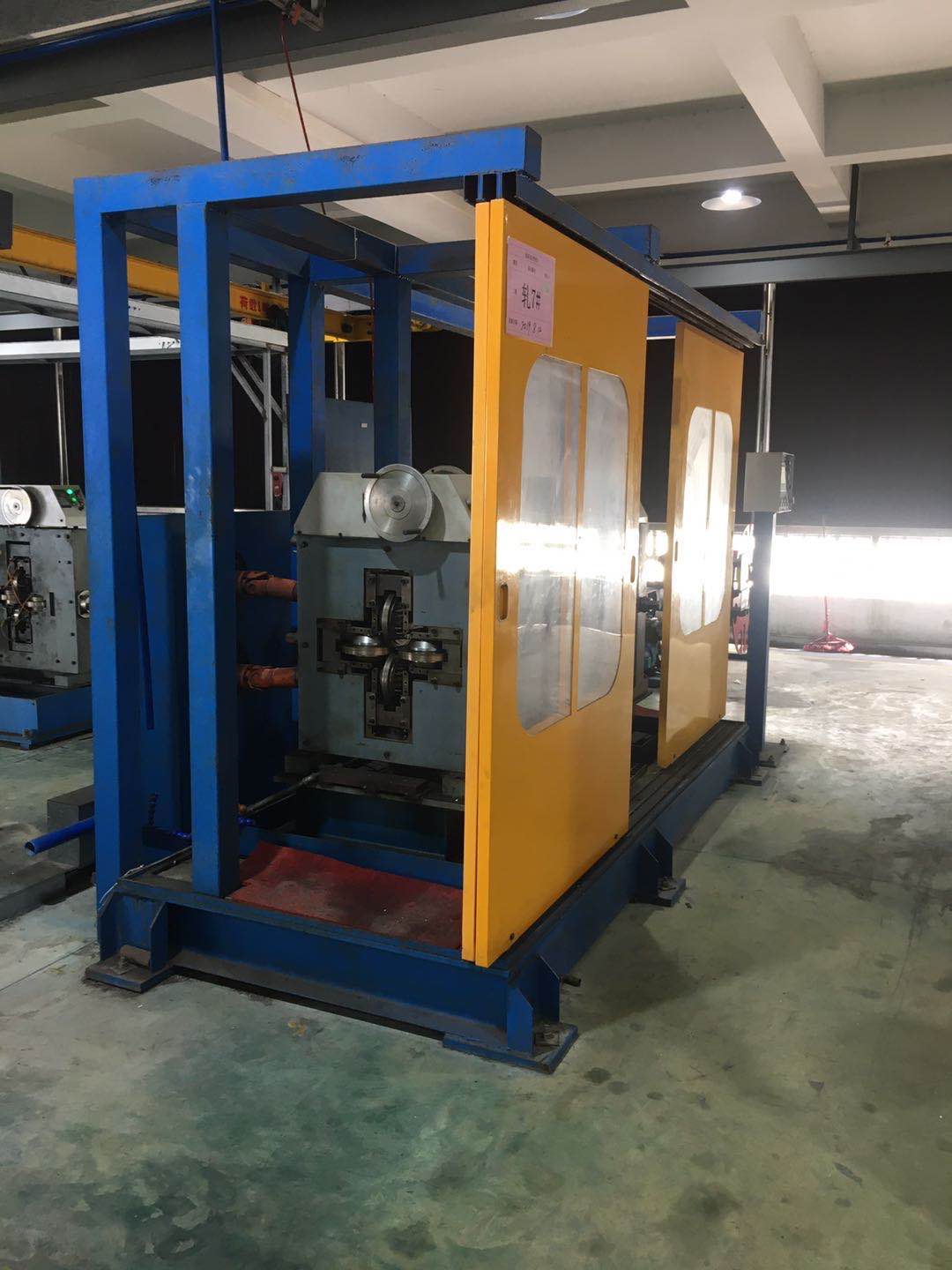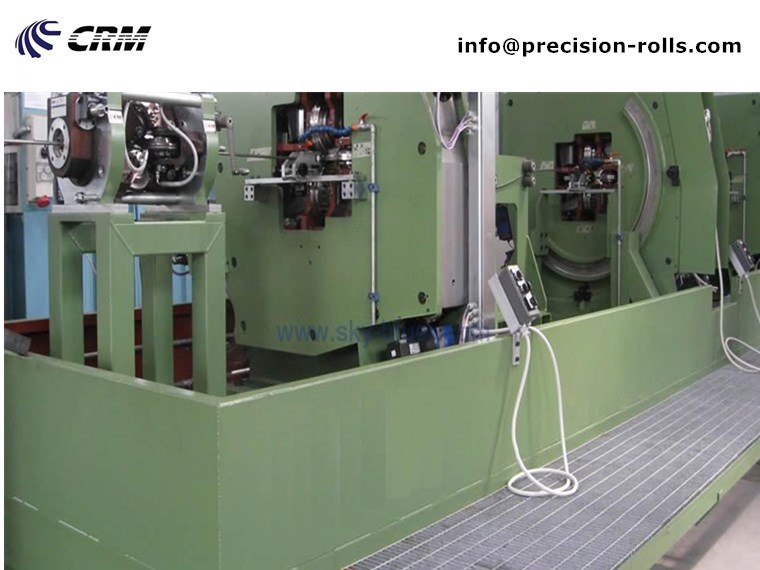In 2025, the demand for cold-rolled steel will be the largest in the steel industry.
Cold Rolling Process In Steel Wire Manufacturing
The cold rolling process in steel manufacturing involves passing steel wire through rollers at room temperature to reduce its thickness, improve surface finish, and enhance mechanical properties. Unlike hot rolling, cold rolling occurs below the material's recrystallization temperature, resulting in stronger, smoother, and more precise steel. The process begins with steel preparation, followed by passing it through rollers to reduce thickness. The steel undergoes work hardening, increasing its strength but reducing ductility, so it’s often annealed to restore flexibility. Cold rolling produces high-quality, precise steel with a smooth surface, ideal for industries like automotive, construction, and manufacturing, where strength, finish, and consistency are crucial.

What The Difference Between Cold Rolling and Hot Rolling?
Cold rolling and hot rolling mainly differ in temperature and the resulting material properties. Cold rolling occurs at or near room temperature, which strengthens and hardens the steel wire, producing a smooth, shiny surface with tight dimensional tolerances. This makes it ideal for high-precision applications, such as automotive parts. High-precision aerospace products. Oil drilling products, high-precision instrument components. In contrast, hot rolling takes place at high temperatures, making the material more ductile and easier to shape, but resulting in a rougher surface and less precise dimensions. Hot rolling is typically used for producing thicker products like structural steel, beams, and pipes, where dimensional accuracy is less critical. Cold rolling increases strength, while hot rolling is more cost-effective for large volumes of material.
How Cold Rolling Process Is Done?
Are you looking to use the cold rolling process? We are a professional metal cold rolling mill company. Below is an overview of our production process
Step 1: Cleaning
Our process starts with cleaning the steel coil or strip to remove impurities and surface contaminants like rust or scale. This is typically achieved through pickling, where the steel is immersed in an acid bath to dissolve the contaminants. In some cases, the steel is also pre-heated to prepare it for the rolling process. Once you have completed this step, you can start production.
Step 2: Rolling
Load the raw material onto the pay-off rack and press the start button to feed it into the rolling mill.
Step 3: Annealing
You might need to anneal or heat-treat the metal to increase its ductility and lower its hardness. Annealing improves the metal’s grain structure, creating a more uniform composition and minimizing the risk of cracks or defects. Additionally, it softens the wire, making it easier to roll.
Step 4: Polishing
You may need a wire polishing machine to improve your steel wire surface, A wire polishing machine is designed to smooth and enhance the surface finish of wire by removing oxidation, rust, scale, and other surface imperfections. This results in a clean, shiny, and more aesthetically pleasing wire. In addition to improving the wire’s appearance, polishing enhances its corrosion resistance, reduces friction, and ensures a smoother finish for applications in industries like manufacturing, electronics, and construction. The process also improves the wire's overall quality and performance. Manufactured by Sky Bluer China, these machines offer reliable, high-quality solutions for wire polishing needs.
Step 5:Wire Takeups
Packaging according to your end customer's requirements
Step 6: Inspection
We offer high-precision laser and contact measurement system to ensure your finished products meet the highest standards of quality.
Step 7:acceptance
Once everything is ready, we will notify you to visit our production site for a thorough inspection of the machine.
Types of Cold Rolling
Cold rolling is a key process in metalworking, and there are several types used to achieve different product shapes, thicknesses, and finishes. Here are the main types of cold rolling:

1. Flat Rolling
Description: This is the our most common type, where metal is passed through rollers to reduce thickness and increase the length.
Products: Sheets, strips, and plates of varying thicknesses.
2.Shape Rolling (Profile Rolling)
Description: Involves rolling the metal into specific shapes such as angles, channels, I-beams, or custom profiles.
Products: Structural shapes, profiles for construction, and specialized applications.
About company
Founded in 2016, Sky Bluer Environmental Technology Co., Ltd. specializes in manufacturing industrial wire rolling lines, universal rolling mills, and cold rolling cassettes. The company focuses on developing rolling lines for various wire types, such as spring steel square, flat, spring, shaped steel, and wedge profile wires. By combining modern technology with in-house processes, Sky Bluer reduces the cost of grooving and shaping wire. The rolled products offer superior quality, with straightness up to 0.5mm/m, and tolerances of less than 0.005mm for both thickness and width.
Contact Us Today
Email:[email protected]
Mobile/Whatsapp:+86 138 6131 3954
Website: https://precision-rolls.com/Products/